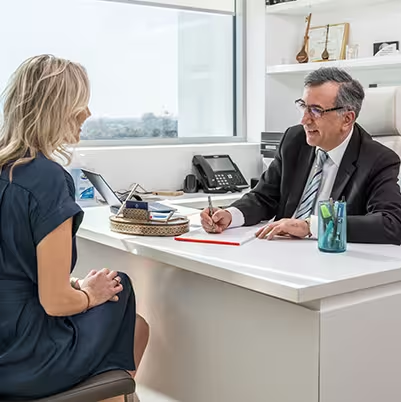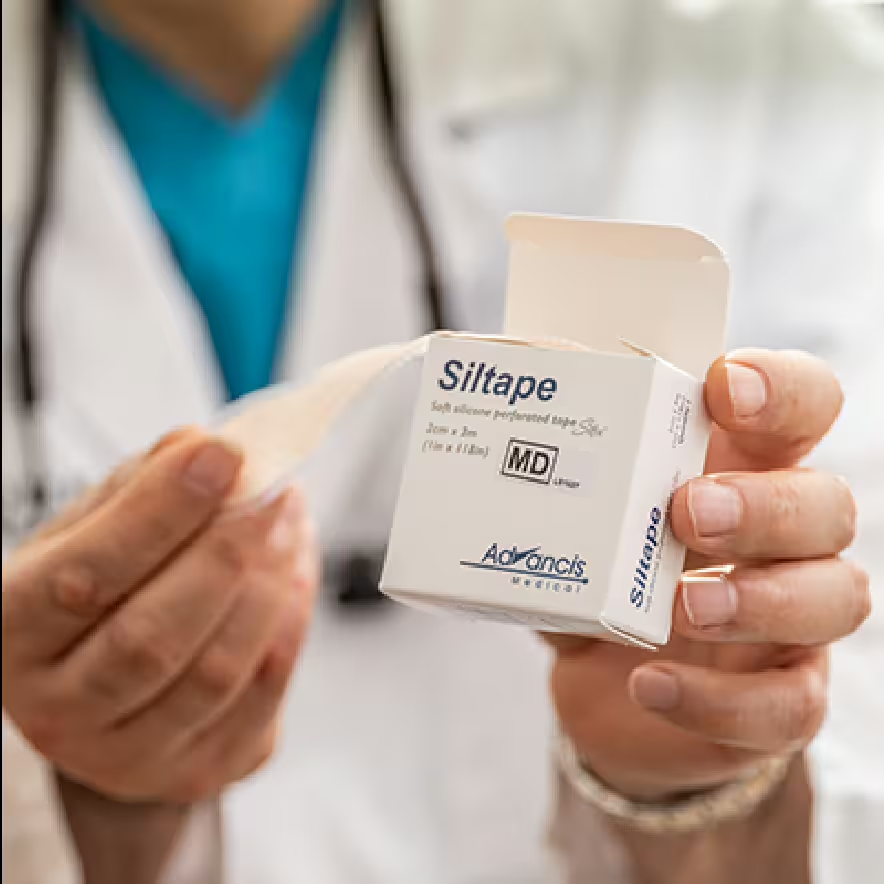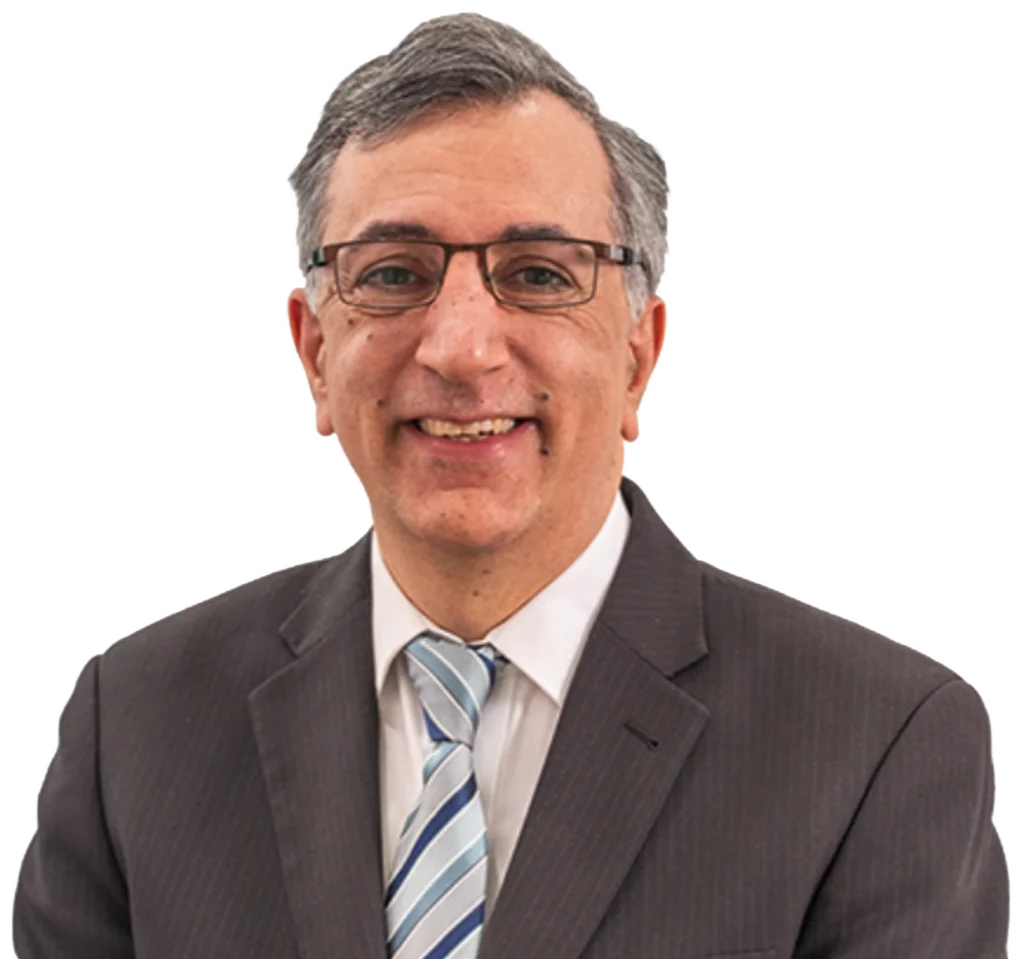Explore how we can help you
Following cubital tunnel surgery, most patients can return to light work within a few days, but it may take 6-8 weeks to return to more physical work.
There are two main nerves to the hand: the median and the ulnar nerves. There are also two diseases that cause compression of these nerves: carpal tunnel and cubital tunnel syndromes.
At the back of the elbow is a tight tunnel, the Cubital Tunnel, through which the ulnar nerve pass into the forearm. This is where it is called “the funny bone” as trauma to this will give an electric shock to the hand. The floor of this tunnel is made by the elbow bones and the roof by a tough ligament (Osborne ligament). Cubital tunnel syndrome (CuTS) is when the ulnar nerve is compressed in this tunnel. The ulnar nerve supplies the muscles of the hand that are responsible for the fine precise function of the hand as well as the hand grip. It also provides sensation to the little and half of the ring fingers. The deformity with an ulnar nerve dysfunction is called a “claw hand”.
Symptoms of Cubital Tunnel Syndrome are typically pins and needles and tingling or numbness in the above fingers as well as clumsiness of the hand. It is worse when the elbow is bent. In its most severe form, the small muscles in the hand may even be wasted. It can be from a previous broken elbow, lumps in the elbow or just in people who are genetically more susceptible to get Cubital Tunnel Syndrome.
Mild Cubital Tunnel Syndrome may be managed by non-surgical means. Some of these include splinting to rest the elbow, activity modification (especially to avoid bending the elbow), nerve gliding, steroid injection around the ulnar nerve and anti-inflammatory tablets.
Moderate to severe Cubital Tunnel Syndrome, usually requires surgery. In the majority of the cases a cubital tunnel release surgery to relieve the pressure on the ulnar nerve is all that is needed. In the more severe cases, recurring disease, or for throwing athletes sometimes the nerve needs to be moved to a new position under the muscles at the elbow. In cases of previous fractured elbow or if there is a bony spur, then the bone needs excision too as part of cubital tunnel release.
The incisions are about 7-10 cm behind the elbow. CuT release is performed in an accredited hospital in Sydney or the Southern Highlands, usually under a general anaesthetic. The cubital tunnel release operation takes about an hour.

Explore how we can help you
The procedure is done as a day only procedure without the need to stay overnight in hospital. Following cubital tunnel surgery, you can expect discomfort, swelling, and stiffness. Most patients can return to light work within a few days, but it may take 6-8 weeks to return to more physical work.
The elbow is usually wrapped in a bulky bandage / plaster and patients are discharged with a sling to elevate their arm. The plaster and the dressings need to stay dry and intact for one to two weeks when Dr Safvat will remove them at a follow up appointment in his private Bowral, Miranda, or Concord rooms.
Nerve recovery may take up to 12 months, depending on the extent of damage to the nerve prior to the surgery. In cases where there is wasting of the small muscles of the hand this will take a long time to recover and in rare cases it may never do so.
The Ulnar nerve can be compressed at other sites and Dr Safvat insists that all his patients have a nerve conduction study before the operation to confirm the diagnosis and site of ulnar nerve compression as well as an objective measurement to gauge ulnar nerve recovery after the Cubital Tunnel Release.

Following cubital tunnel surgery, most patients can return to light work within a few days, but it may take 6-8 weeks to return to more physical work.
It is best for patients to be in good general health prior to surgery. Dr Safvat also requests patients to stop smoking 3 weeks prior to the surgery.
All Dr Safvat’s patients have a nerve conduction study before the operation to confirm the diagnosis and site of ulnar nerve compression as well as an objective measurement to gauge ulnar nerve recovery after the Cubital Tunnel Release.
There is no way to prevent scars completely after surgery and everyone can scar differently. However, the techniques Dr Safvat uses to suture his wounds are designed to minimise scarring. What’s more, any scarring will fade over time, especially if they are cared for correctly.
Dr Safvat will provide you with his specific protocol for scar management that will help you protect and care for your incisions in a way that will minimise scarring. Patients who have followed Dr Safvat’s protocol for scar management diligently have been very pleased with their progress in reducing and fading of scars.

Dr Safvat recommends patients that undergo Cubital Tunnel Release undergo hand therapy following their surgery. Dr Safvat will go through the recovery process in detail during the consultation.
Following cubital tunnel surgery, you can expect discomfort, swelling, and stiffness. Most patients can return to light work within a few days, but it may take 6-8 weeks to return to more physical work.
Splinting to rest the elbow, activity modification (especially to avoid bending the elbow), nerve gliding, steroid injection around the ulnar nerve and anti-inflammatory tablets are options before going down the surgical path. These options are usually done in conjunction with Hand Therapy. However, if the symptoms persist, surgery may be the best option.
While all care and diligence is taken by Dr Safvat to minimise or avoid complications, any surgical procedure can be associated with some general complications and/or specific complications related to the surgery you are having. Choosing a Specialist Plastic Surgeon such as Dr Safvat and having your procedure done in an accredited hospital minimises risks as does using an accredited Anaesthetist.
Some general surgical potential complications are:
Cubital Tunnel Release has an item number and patients should get a rebate from Medicare and their health fund (where applicable). The hospital costs are usually covered by private health funds depending on the patient’s level and type of coverage. Alternatively, you can have the procedure done in a Private Hospital as a Self-Funded patient. Detailed information regarding costs will be provided to you after your consultation.
Renowned for his dedication to his patients, his attention to detail and impeccable outcomes, Dr Safvat's unparalleled expertise is reflected in the quality, professionalism and dedication of every member of our team.
